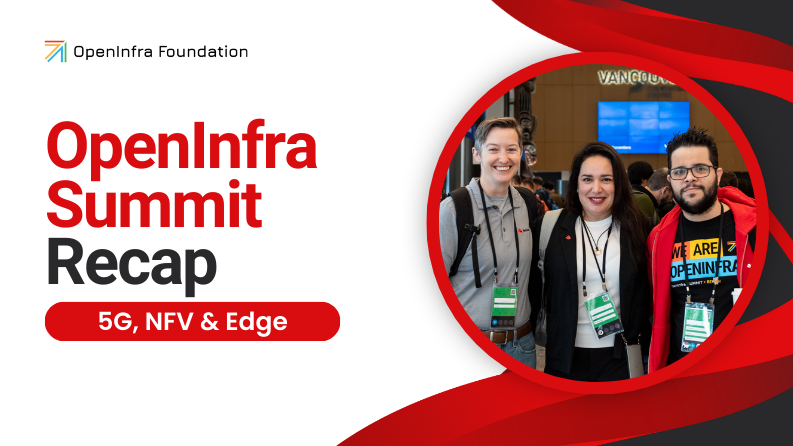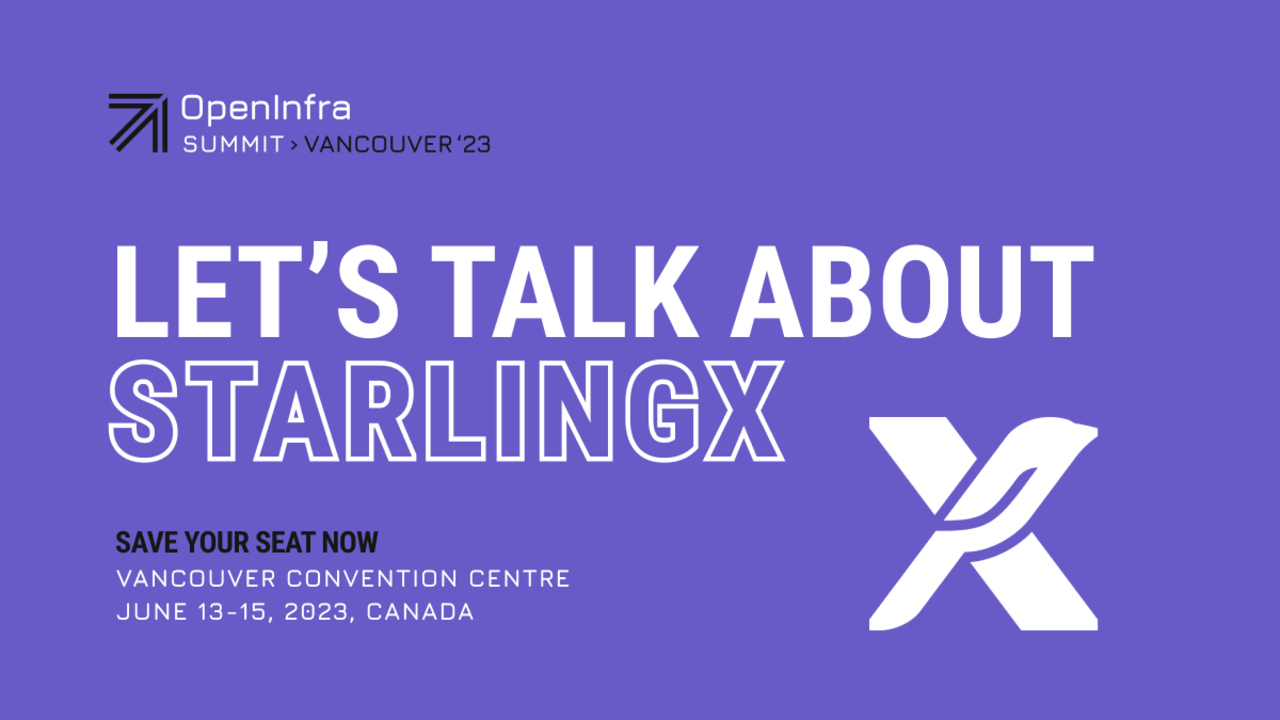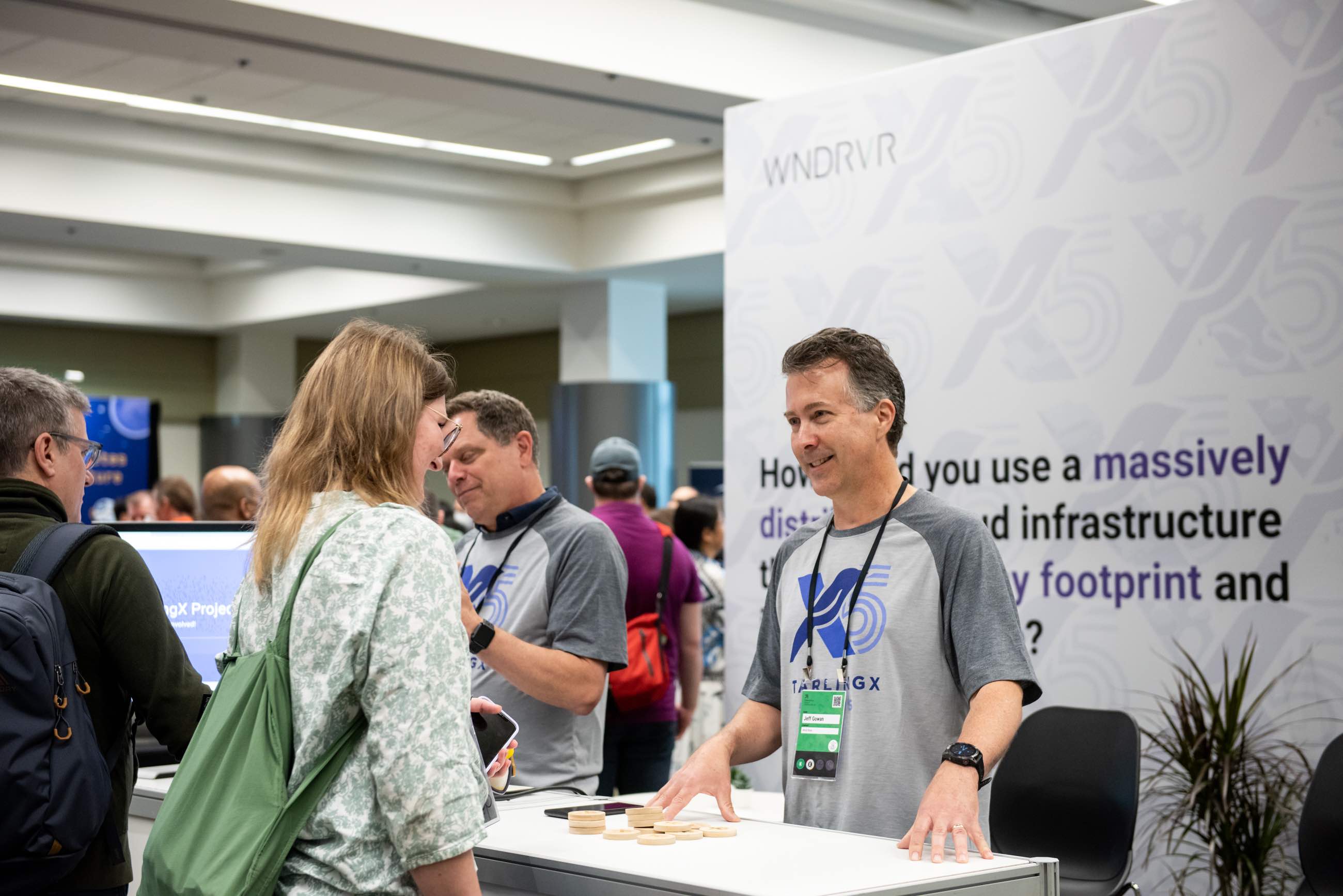At this year’s OpenInfra Summit in Vancouver, many of the presentations delve into their utilization of StarlingX and OpenStack for cloud infrastructure, platform technologies and their application in various contexts. These contexts encompass 5G deployments, edge computing, security, distributed cloud architectures, as well as specific use cases like the establishment of private 5G campus networks. Now check out these highlighted talks from the OpenInfra Summit!
Full-Featured PTP in the Cloud for Telcos
Precise timing synchronization is a requirement for enabling 5G deployments. StarlingX supports configuring nodes to use PTP and Synchronous Ethernet (SyncE) to achieve nanosecond-level accuracy for timing and frequency. In addition to supporting configuration for precise timing requirements, StarlingX also provides an Open Cloud API via the ptp-notification application, which provides info about the status, initial state and state change events of platform hardware resources to Event Consumers. This presentation described the PTP, SyncE and O-Cloud Notification implementation in StarlingX. This includes the PTP software stack, configuration management, status monitoring and the cloud application architecture. It explained the O-RAN reference design and how the various StarlingX components can be deployed to meet the design requirements, enabling applications to have flexible and open access to a system’s synchronization state.
OpenStack Services on Red Hat OpenShift
OpenStack services: What goes on behind the scenes and what does it actually look like? Check out how OpenStack services have turned into OpenShift operators. Speed up and simplify the deployment of services that make up Red Hat OpenStack Platform—compute, networking, and storage now from within the OpenShift console. With the latest version of Red Hat OpenStack Platform, integrated with Red Hat OpenShift, service providers will be able to more easily operate, scale, upgrade, and manage their private clouds. See and hear directly from product and engineering teams about what the new architecture will look like, how to implement it, and what benefits to expect—whether it’s powering 5G, Edge or anything in between! Check out how workloads running today in the Red Hat OpenStack Platform can benefit from this upcoming modernized approach. You’re already running virtualized and containerized workloads, shouldn’t your infrastructure include the best of both worlds?
Enabling the Intelligent Edge with StarlingX
StarlingX is a cloud infrastructure stack designed for distributed high availability/low latency applications. We’ve taken infrastructure from core to edge to far edge, connected and integrated. The next logical step is the “last mile”, connecting intelligent edge systems and devices to this infrastructure across verticals – automotive, A&D, medical, industrial, telco, etc. We expect the new intelligent edge will take the form of distributed edge clouds that integrate VMs and containers with heterogeneous devices and sensors/actuators. StarlingX and the OIF LOKI stack acknowledge this VM and K8s coexistence as a requirement. New killer apps and use cases will drive requirements for new functionality. Wind River’s, Warren Bayek’s talk outlines a few examples where StarlingX provides the underlying infrastructure for the intelligent edge. We encourage this audience to work in the StarlingX community to drive requirements of these new apps which will be incorporated into StarlingX and all open-source components.
StarlingX: Next Generation Security with Zero Trust Architecture
StarlingX software stack owing to its reliability, scalability, small footprint, ultra-low latency and security has promoted it as being base operating system for 5G distributed telecom RAN (Radio Access Network). The foundation of a robust security architecture rests on three pillars: people, processes and technology. The 5G specifications are now aligned with the zero trust tenets. This means that the telecommunications industry is in a strong position to create a 5G zero trust architecture. This presentation describes the requirements, challenges and proposals around building a next-generation security model based on zero trust for the StarlingX Distributed Multi-Cloud Environments. It also discusses the creation of a security policy engine, one whose policies will take input from various related hardware/software components and output a security policy applicable per workflow.
StarlingX Evolution – New Deployment Architectures
As StarlingX adoption expands across many different industries and use cases, so does the requirements for the StarlingX Distributed Cloud (DC) architecture for private, public and hybrid cloud deployments. Reliability and survivability are paramount for the most demanding industries like Telecom and A&D. Therefore, StarlingX is adding support for a geographically redundant DC control plane to complement the already geographically distributed edge-clouds. Geographic redundancy adds an additional layer of protection to StarlingX, enabling full network control and availability. StarlingX is deployed at massive scales, reaching 100K+ geographically distributed systems. Network operators want reduced network address requirements and a flexible network design to deal with the network scale. This presentation details a new StarlingX DC software architecture with hybrid cloud and geographic redundancy support, including a new flexible network deployment design.
A Private 5G Campus Network Enabled and Powered by OpenStack and StarlingX
In Germany, companies and universities have been able to operate their own private mobile networks since the release of 5G frequencies. At Osnabrück University of Applied Sciences, a five-year research project has been implemented since mid-2022 as part of a private 5G campus network. The self-managed 5G stand-alone network in the 3.7-3.8GHz range without public slices is used to research 5G use cases. The central component of the IT infrastructure is the open source software OpenStack, which has been in use since 2016, and StarlingX from 2023 to implement a mobile edge cloud in a mobile data center. The planned, e.g. latency-critical use cases are located in the AR/XR and logistics, sensor technology and smart factory as well as autonomous robotics/drones areas. In a sub-project, a separate application using Magma and OpenRAN is to be implemented from the end of 2023. The entire project ends in mid-2027.
Tags: OpenStack, Red Hat, StarlingX, telco, WindRiver
- Meet OpenInfra Europe Advisory Board Member: Kurt Garloff - December 21, 2023
- NVIDIA’s Journey with Kata Containers and Confidential Computing | OpenInfra Live Recap - December 18, 2023
- Large Scale Ops Deep Dive: Samsung SDS | OpenInfra Live Recap - December 14, 2023

)










